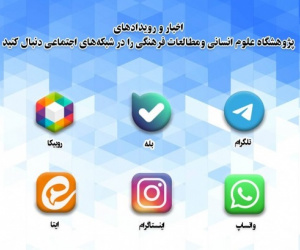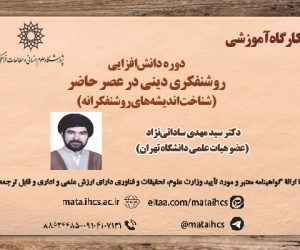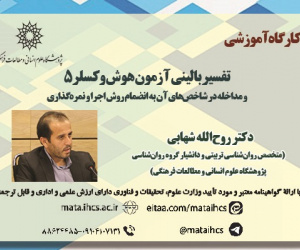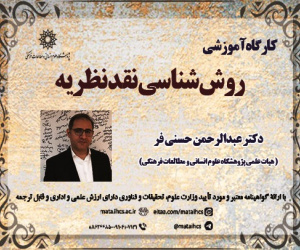شناسایی دستاوردها، فرصت ها، چالش ها و عومل موثر بر اجرای طرح عید و داستان و هنر در روایت های آموزگاران دوره ابتدایی (مقاله علمی وزارت علوم)
درجه علمی: نشریه علمی (وزارت علوم)
آرشیو
چکیده
پژوهش حاضر با هدف شناسایی دستاوردها، فرصت ها و چالش های اجرای طرح عید و داستان و هنر در روایت های آموزگاران دوره ابتدایی انجام شد؛ رویکرد پژوهش کیفی و روش انجام آن روایت پژوهی بود. مشارکت کنندگان به شیوه هدفمند از نوع ملاکی از میان معلمان مدارس ابتدایی با 5 سال سابقه تدریس، دارای تجربه اجرای طرح عید و داستان و هنر و علاقه مند به شرکت در پژوهش انتخاب شدند. از مصاحبه نیمه ساختاریافته به منظور گردآوری داده ها استفاده شد که در مصاحبه هشتم اشباع نظری حاصل گردید. سپس روایت ها روی کاغذ پیاده شد و با روش تحلیل مضمون مورد تحلیل قرار گرفت. اعتباریابی داده ها با استفاده از روش بازبینی مشارکت کنندگان و همکاران پژوهشگر و دقت علمی و اطمینان یابی نیز از طریق هدایت دقیق جریان مصاحبه و خود بازبینی پژوهشگر صورت گرفت. تحلیل روایت ها منجر به شناسایی64 مضمون پایه و 15مضمون سازمان دهنده از جمله فرصت ها و آثار اجتماعی، فرصت ها و آثار فرهنگی، فرصت های برگزاری نمایشگاه، عوامل موثر در اجرا، چالش های آموزشی، چالش های فرهنگی، پیشنهادهای اجرایی، ساختاری و ... شد. با توجه به یافته های این مطالعه پیشنهاد می-شود، مسئولان ذی ربط به اهمیت مضامین استخراج شده و تاثیر آنها در اجرای موثر طرح توجه لازم داشته باشند.Identifying the achievements, opportunities, challenges and factors affecting the implementation of the Eid, Vedastan and Art project in the narratives of primary school teachers.
The current research was conducted with the aim of identifying the achievements, opportunities and challenges of the implementation of the Eid plan and the story and art in the narratives of elementary school teachers; The approach of qualitative research and its method was narrative research. The participants were selected in a purposeful way from among primary school teachers with 5 years of teaching experience, who have experience in implementing the Eid project, stories and art, and who are interested in participating in the research. A semi-structured interview was used to collect data, and theoretical saturation was achieved in the eighth interview. Then the narratives were written down on paper and analyzed with thematic analysis method. Validation of data was done using the method of reviewing participants and researcher colleagues, and scientific accuracy and assurance was also done through the accurate guidance of the interview flow and the researcher's self-review. The analysis of the narratives led to the identification of 64 basic themes and 15 organizing themes, including opportunities and social works, opportunities and cultural works, opportunities to hold exhibitions, effective factors in implementation, educational challenges, cultural challenges, executive and structural proposals, etc.







